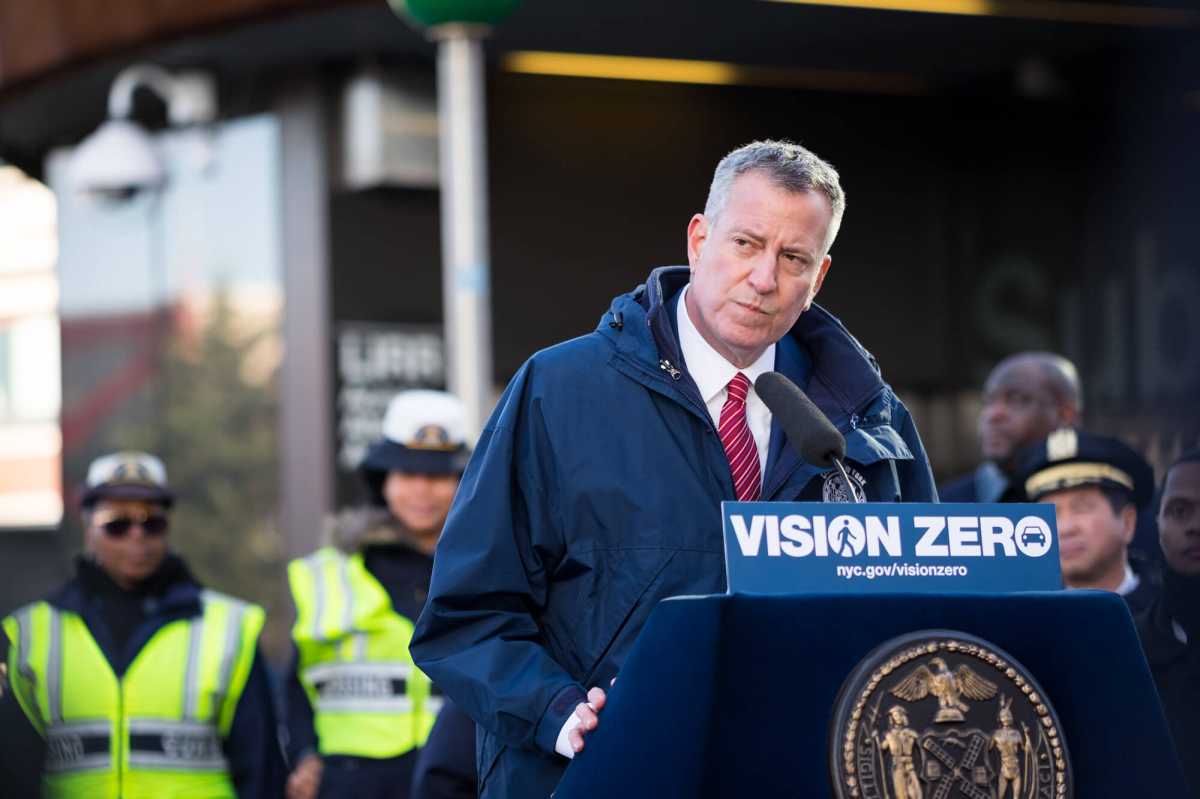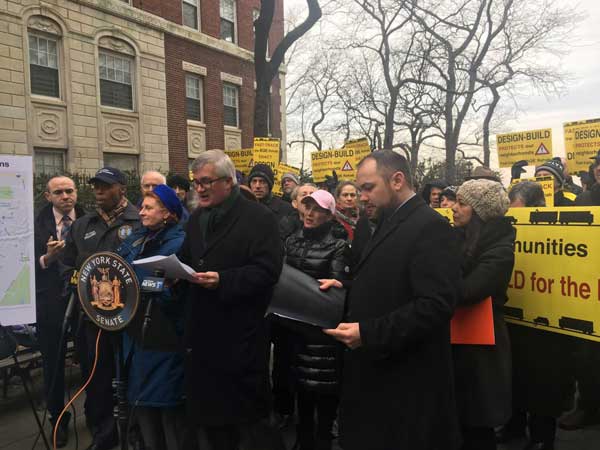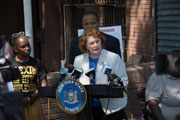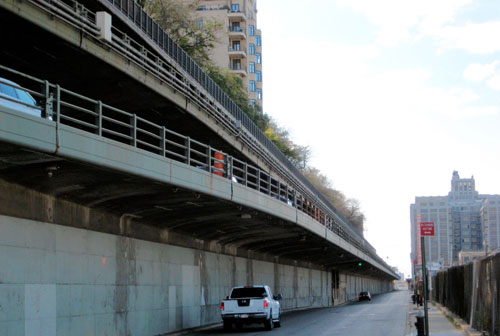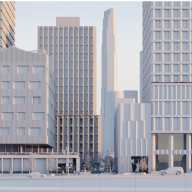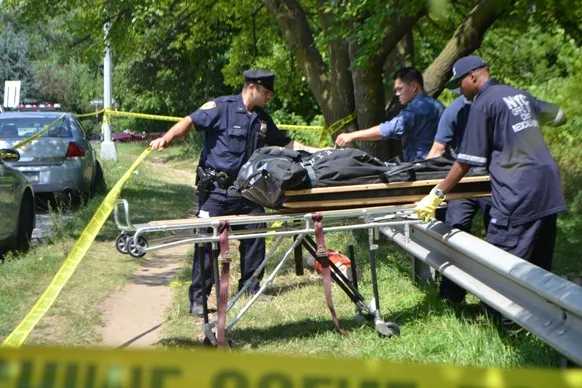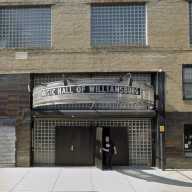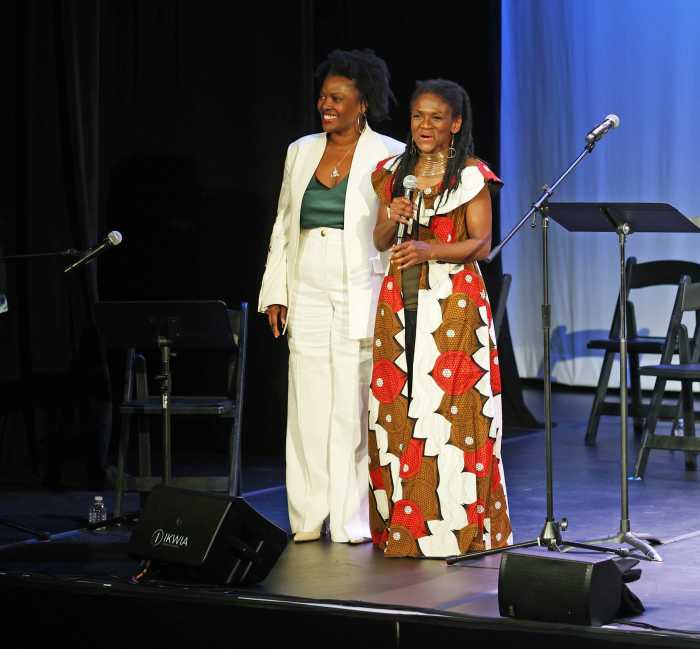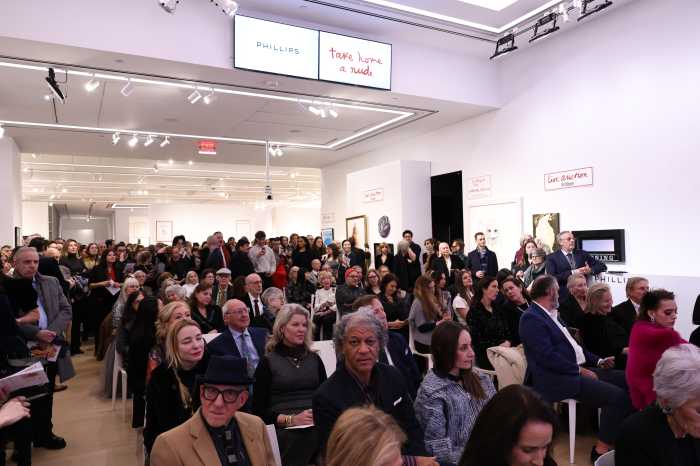One day after his expert panel released their recommendations for the crumbling Brooklyn-Queens Expressway, Mayor Bill de Blasio signed an executive order to ratchet up police enforcement of oversized trucks illegally driving on the thoroughfare and directed the city to start repairing the roadway.
“The BQE is one of the main arteries of our city, which is why we are immediately increasing enforcement against overweight trucks and addressing the highway’s most pressing structural issues,” de Blasio said in a statement on Jan. 31.
Motorists caught hauling loads above the 80,000 pound federal limit on the 1.5 mile thruway will now be subject to fines of up to $7,000 per violation by Hizzoner’s new narrowly-focused task force, which will operate as a subsidiary of the New York Police Department.
Officials on de Blasio’s expert panel — which claimed that the roadway would become unsafe within five years unless drastic action was taken — found that these overweight trucks account for a small amount of traffic on the BQE, but they disproportionately damage the highway due to their extreme weight.
According to City Hall, sensor technology has registered some vehicles egregiously violating the laws by carrying as much as double the legal limit — or 170,000 pounds.
Along with his renewed commitment to weight enforcement, de Blasio also ordered the Department of Transportation to begin proactively fixing the BQE this spring by resurfacing the roads and repairing the retaining wall along Hicks Street — which he said would extend the lifespan of that structure of the Robert-Moses-era highway by about 10 years.
Additionally, de Blasio ordered the reconstruction of two 50-foot long sections of the road’s lever structure.
The mayor balked, however, at the recommendation to shrink the highway from three to two lanes in each direction, which the 17-member brain trust said would cut back the 150,000 vehicles driving on the interstate daily, thereby extending its dwindling lifespan.
The need to repair the crumbling infrastructure must be weighed against the potential traffic headaches, de Blasio told Brian Lehrer on WNYC on Friday.
“We have to be careful though if we say, ‘Hey let’s reduce the amount of lanes,’” the mayor said. “That’s not a guarantee that people get out of cars, it is a guarantee of traffic jams and it is a guarantee of other challenges.”
Not only is de Blasio disputing his own expert panel, but also numerous transit advocates — who often note that reducing traffic lanes leads to a reduction in car traffic, just as more traffic lanes leads to more car traffic.
De Blasio — who has drawn criticism for being chauffeured for miles across the city in SUVs for his workout sessions — eventually conceded that this idea could work, but said government officials should still focus more on carrots than sticks.
Instead of reducing options for motorists, Hizzoner said, the city should concentrate on providing more alternatives to lure motorists away from their cars — such as expanding subways and buses, and constructing de Blasio’s recently-revived $2.73 billion pet trolley project called the BQX.
“I guess there is a point that if it’s more and more inconvenient, that has an impact. But again, I think the better solution is to keep improving positive options that get people to believe they don’t need to use a car,” he said. “I want to see people get out of their cars and I believe fundamentally the best way to do that is to keep improving mass transit.”


